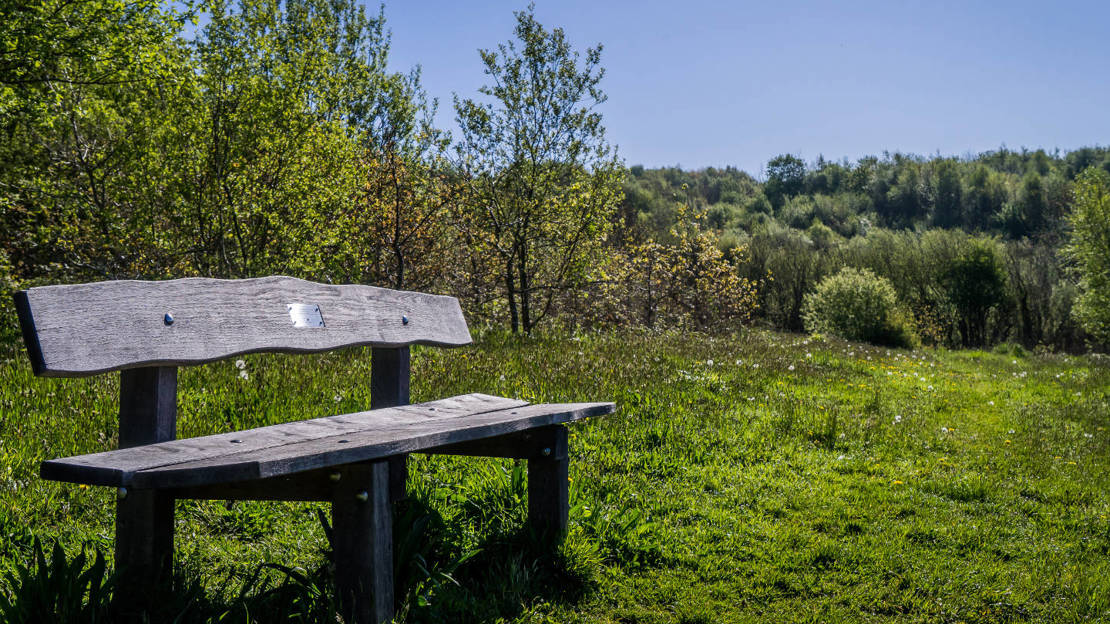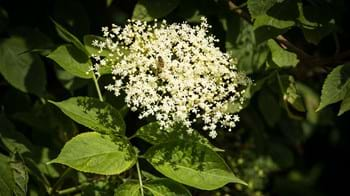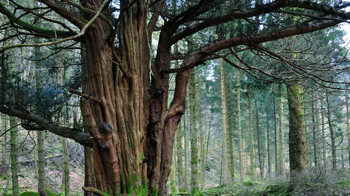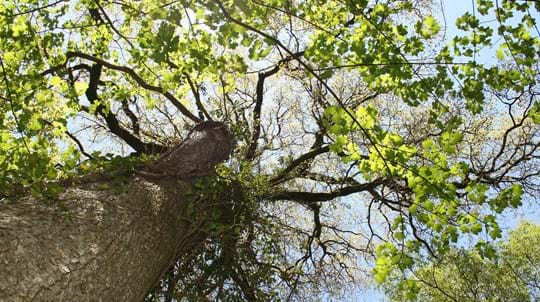
Whitleigh Wood
Whitleigh nr Tamerton Foliot Plymouth

Woodland Trust wood
20.26 ha (50.06 acres)
SX478601
Explorer 108
OS Landranger 201
Part of Plymouth Woods, this ancient woodland is an oasis of calm right inside Plymouth. You can stroll along its accessible paths through refreshing greenery, enjoy the changing colours of the seasons – from spring bluebells to the blazing hues of autumn – and spot wildlife, including roe deer, foxes and buzzards. A visit to Whitleigh Wood is the perfect antidote to city life.
Features
- Parking nearby
- Public access
- Autumn colour
- Spring flowers
- Broadleaved woodland
How to get to Whitleigh Wood
Whitleigh Wood is a 20.3-hectare (50-acre) site in the north of Plymouth, just east of the village of Tamerton Foliot.
Take the Tavistock Road (A386) from the A38 (Plymouth Parkway) to Crownhill and then follow the roads towards Tamerton Foliot onto Budshead Road.
Turn right onto Tamerton Foliot Road, and then take the second left onto Borrowdale Close, where you will find the entrance to the wood.
Plymouth is served by the main railway through the South West and has a large station with bus station close by.
Visit National Rail for more information.
The Dunnet Road bus stop is about 100 metres along the road from the wood's Borrowdale Close entrance.
Visit Traveline for more information.
Facilities and access
There are entrances to the wood from Tamerton Foliot Road at the site’s eastern end, Borrowdale Close from the north, off the Woodview Community College access road and through the western boundary, where the wood adjoins a Plymouth City Council nature reserve that is accessed from Tamerton Foliot village.
A surfaced path runs along the upper slopes of the wood, and a wider stone track with a grassy surface runs along the lower slopes. Both paths are generally level and surfaced.
The paths that link these two to form circular routes are much steeper and unsurfaced. Off the paths, the lowest areas of the wood are wet and boggy, even during dry summers.
There is no parking at the wood. Apart from space for one or two cars at the Borrowdale Close entrance to the north, the only other parking is in roadside spaces in adjacent housing developments. Please take care not to cause an obstruction.
The nearest toilets are 1.6km (1 mile) away, near the shops in Southway Drive, Whitleigh Green and Crownhill Village.
Wildlife and habitats
Animals
For an urban wood, Whitleigh is surprisingly rich in wildlife, acting as a haven for local species.
Trees, plants and fungi
Whitleigh Wood contains a wide variety of ancient woodland indicator species, with colourful blooms in the spring and vibrant shades in the autumn.
Habitats
An ancient woodland habitat, Whitleigh Wood has been continuously wooded for at least 400 years.
History of Whitleigh Wood
Because this is coastal ancient woodland, it’s likely that timber from Whitleigh was used to build ships that fought the Spanish Armada.
Though there are records of the wood from the 1600s, many of the broadleaf trees you see today were planted between the 1850s and 1950s.
There is evidence of woodland management, such as coppicing (cutting back to promote new stems for a regular wood supply), that continued up until the First World War. Oak bark was most likely used for leather tanning, and the wood from a variety of tree species was burnt to produce charcoal. Look out for charcoal hearths – flat areas cut into the sides of the valley, where the kilns once stood.

Dedicate at this wood
This wood is one of more than 50 across the UK where it's possible to dedicate trees, benches or larger areas of woodland. Mark a special occasion or celebrate the life of a loved one with a meaningful gesture that lasts.
Choose a dedicationThings to do in Whitleigh Wood

Visiting woods
Walking dogs in our woods
Dogs are welcome for walkies in our woods. Take a look at our tips and guidelines for ensuring we keep our woods safe and special for dogs and wildlife.

Visiting woods
Events
Discover events at our woods and the festivals and fairs you can find us at soon.

Visiting woods
Things to do in the woods
Go on an adventure. Get closer to nature. Uncover history. Discover ways to explore the UK's woods whatever the season.

































